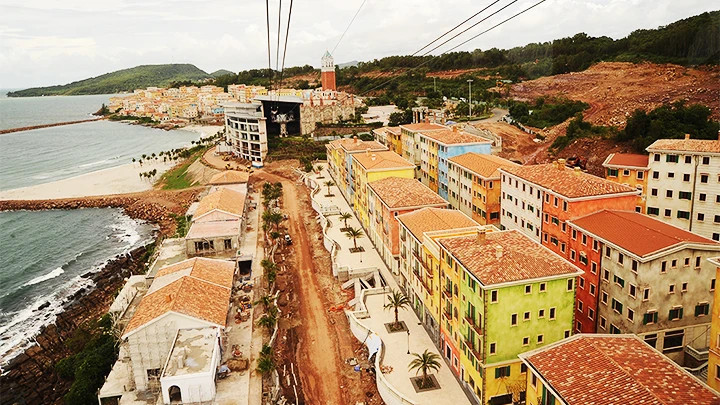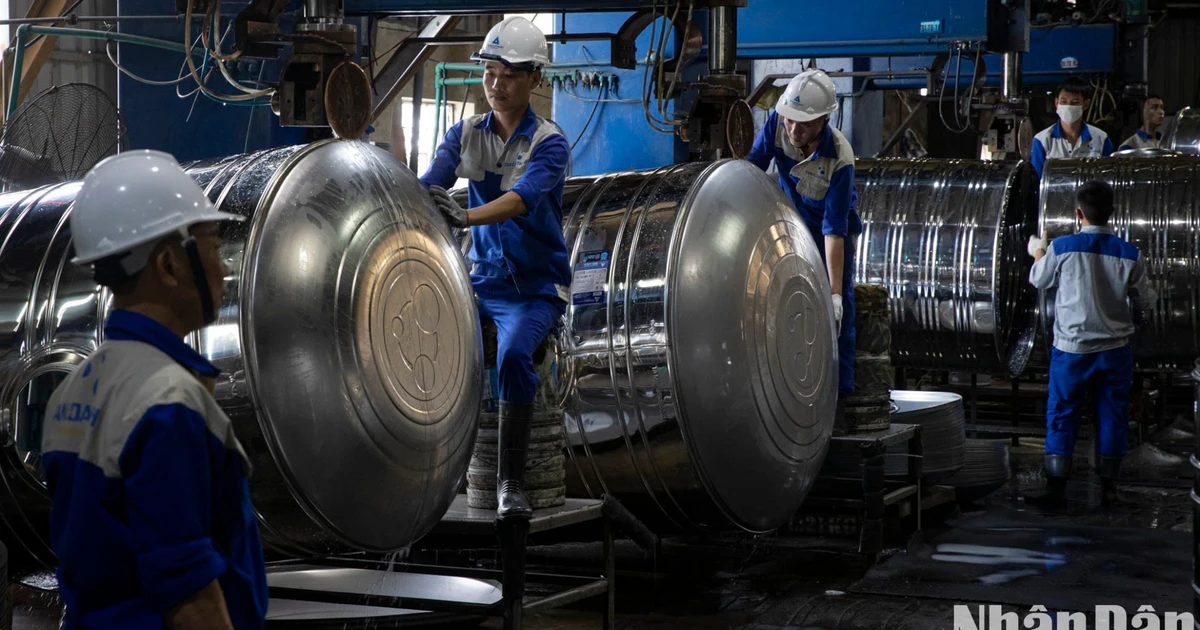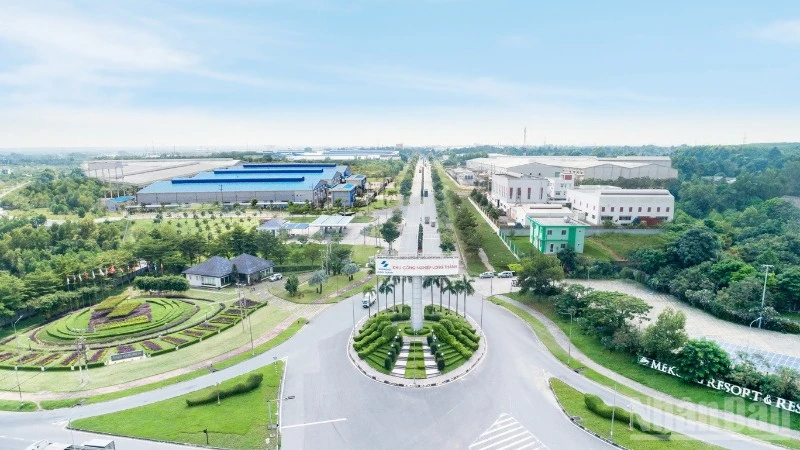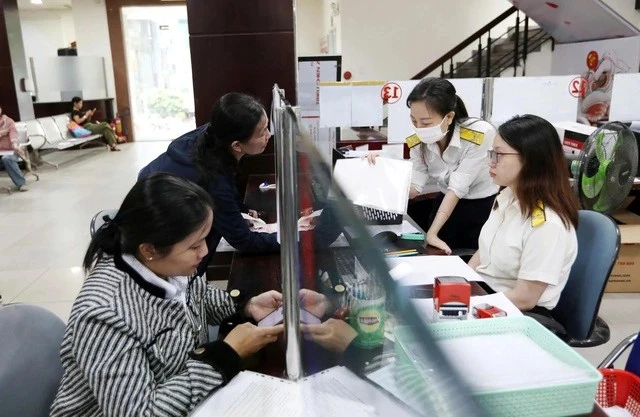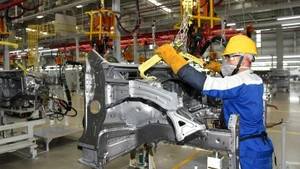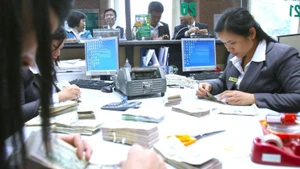Decree No. 42/2024/NĐ-CP, issued by the Government on April 16, 2024, governs coastal reclamation activities based on Article 190 of the Land Law and other related laws. The decree specifies planning and land use for identified coastal reclamation areas, and investment projects involving coastal reclamation.
In the near future, coastal reclamation activities in Vietnam will be more closely managed and monitored with specific regulations concerning investment policies, selection of investors, project approval, land allocation, land leasing, allocation of areas for coastal reclamation, and completion acceptance inspection.
Filling the legal gaps
To become a new, synchronised, and modern gateway to carry residents and tourists to the islands within Bai Tu Long Bay, and contribute to the comprehensive development of the Van Don Economic Zone, into a multi-sector, high-end maritime and island tourism hub, and integrated service complex, under the Decision No. 1856/QD-TTg, issued by the Prime Minister, Quang Ninh Province has granted investment in the high-end Ao Tien Van Don Port, covering nearly 30 hectares. This includes 5.9 hectares of land and the rest as water surface, with a total investment exceeding 610 billion VND.
This part complex integrates multiple amenities, designed under a green space theme, featuring five docks. The pier area is capable of accommodating up to 150 cruise ships simultaneously. The passenger terminal spans 4,000 square metres, designed to handle 2.6 million passengers annually (during the 2020-2025 phase) and can expand to 3.2 million passengers annually (during the 2025-2030 phase). It also includes landscaped areas and functionally zoned segments, such as passenger reception, ticketing, waiting lounges, inter-agency work zones, and ancillary services.
Operational since March 2023, this high-end port has emerged as a new tourist destination. It represents one of the few coastal reclamation projects that has successfully navigated numerous challenges in procedures and legal frameworks, amid the absence of specific legal regulations governing reclamation activities.
According to Master Nguyen Van Dinh, a legal expert in land issues, Vietnam is assessed to have great potential and advantages in expanding development into coastal areas to serve sustainable development. The country's riverine geography helps expand its delta regions naturally through annual sediment deposition. Coastal reclamation activities in Vietnam have been undertaken to support the socioeconomic development in coastal provinces, such as Quang Ninh, Hai Phong, Da Nang, Khanh Hoa, Ho Chi Minh City, and Kien Giang.
However, due to the lack of specific legal regulations, coastal reclamation projects have faced difficulties from the permitting stage to obtaining coastal area allocation for reclamation activities. This uncertainty has restrained the implementation of coastal reclamation projects in Vietnam. "Many investors have gone through the procedures to obtain coastal area allocation for reclamation projects, but when they commence reclamation, state agencies present a view that this is clean land that needs to be auctioned for new investors to use. As a result, investors suffer significant losses and risks, which often dissuade them from proceeding with their projects."
To address these challenges, Decree No. 42/2024, on coastal reclamation activities, clarifies that provincial People's Committees can decide on land allocation and lease simultaneously with allocating coastal areas for reclamation. The investors of projects involved in coastal reclamation or related activities are not required to pay for the use of these areas. This regulation removes the biggest hurdle for investors.
Great expectations
As an investor conducting a series of coastal projects in Quang Ninh, the Director of Mai Quyen Tourism Company, Ta Duc Quyet highly appreciated the issuance of regulations related to coastal reclamation. "Decree No.42 guides the simultaneous allocation of land and water areas. This is very reasonable for investors to confidently implement projects. Previously, after reclaiming land, they had to bid for the price, so few investors were willing to participate. I believe, that after this hurdle is removed, enterprises having coastal reclamation projects will be enthusiastic and eager to invest and implement their projects."
Removing hurdles for investors also streamlines and unifies management. According to Article 190 of the Land Law, coastal areas designated for reclamation in planning will be managed similarly to regular land (legal framework shifting from Vietnamese Maritime Law and Law on Environmental and Marine Resources to Land Law).
From the perspective of the state management agency, Tran Ngoc Long, Director of Quang Ninh Provincial Department of Natural Resources and Environment, assessed that the issuance of Decree No.42, will help ensure unified and synchronised management activities, providing a basis for construction planning and then land use planning. “In case of inconsistencies, Article 190 of the Land Law allows for adjustments, updates, and supplements. This is a very positive and open feature, creating favourable conditions for effectively implementing the contents”.
Expert Nguyen Van Dinh considered land a special means of production for all economic regions. The development of land resources is of great importance to every nation because natural area hardly increases, and land does not expand. Therefore, the efficient and economical exploitation, development, and use of land resources play a crucial role.
Statistics show that Vietnam has about 80 land reclamation projects in 19 coastal provinces and cities. With a coastline of over 3,200 kilometres, many areas are naturally conducive to land reclamation due to alluvial deposits. The decree on land reclamation activities serves as the official legal framework, opening up opportunities for development from land reclamation.
